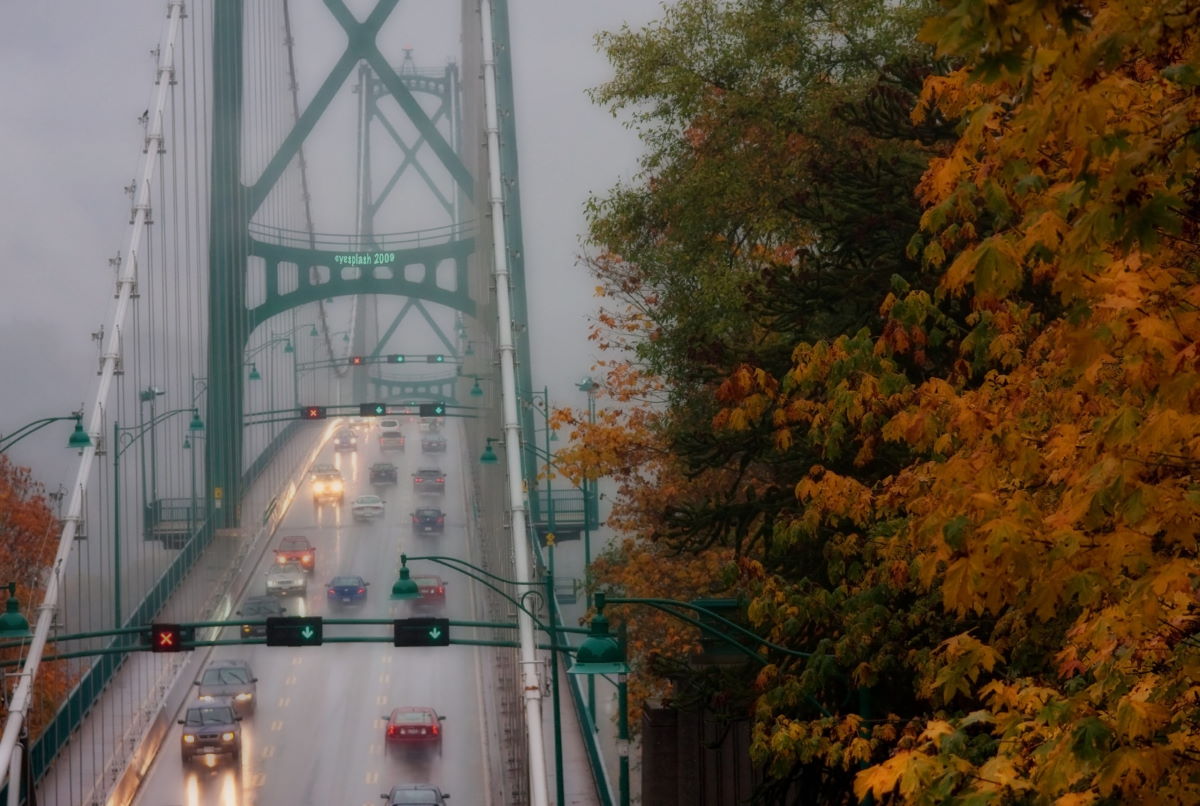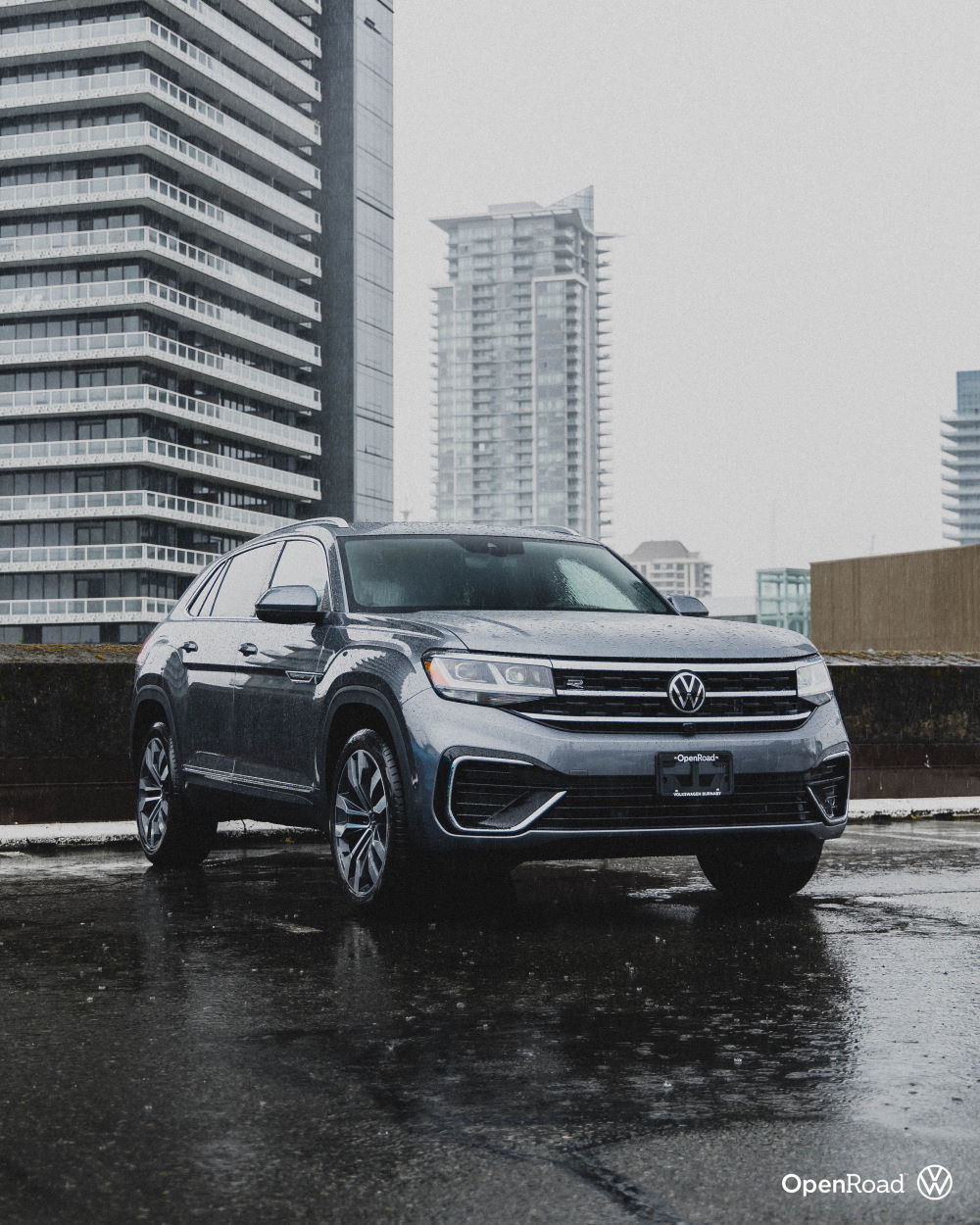Top tips for driving in wet weather

Tips for wet weather driving
“Raincouver”. That is the nickname of Vancouver during the Fall & Winter months, and sometimes during Spring too. It can feel as though it’s raining every single day of the year. As Vancouverites, we know it can be a dangerous time of the year to drive. Not only does the rain complicate things, but the shorter days and longer nights also greatly reduce visibility. So, to help you navigate through Vancouver’s rainy period, here are some tips that you can use to help you when driving in the rain.

Check Your Blades
You can’t drive safely if you can’t see. Wiper blades are essential for clearing the water off the windshield, but they wear out just like any other part. Most are simple enough to change yourself, but you can also ask your local OpenRoad Service Advisor to help with your wiper blade replacement.
Be Visible
There are so many instances when driving at night or during poor road conditions, and you see that one car without their lights on. By law, all vehicles since the late ‘90’s are equipped with daytime running lights (DRLs), but these are only for the front lights. The taillights must be turned on by you, the driver, or some newer vehicles have auto on & off lights. When you’re driving in the dark or during rainy conditions, even in the day, remember to turn on your taillights.
As well, make sure that your high beams are not on when driving on lit roads or when there are other vehicles around you. High beams produce a lot of glare and can briefly blind oncoming motorists. To check whether or not your high beams are on, take a look at that little blue icon on your vehicle’s instrument cluster. Make sure it’s off. If you see it, it means that your high beams are on and you should turn them off unless you’re on an unlit road and there are no other motorists around you.

Keep Your Distance
Water makes surfaces more slippery. The grip of your tires reduces when the roads are wet, thus increasing your stopping distance and reducing your control. Maintaining a 3-second gap to the vehicle ahead is a good rule of thumb to follow when conditions are poor.
Mind Your Speed
When the conditions are not ideal, you do not have to maintain the speed limit. As mentioned earlier, wet roads increase your vehicles stopping distances in case of emergencies. Going fast makes it more difficult to stop quickly. Also, when it rains, there tends to be large puddles. These could make your vehicle aquaplane, which drastically reduces the tire grip levels, meaning that you could lose control of your vehicle. Higher speeds mean higher likelihood of aquaplaning.
Maintain Your Vehicle
We all like things to be running smoothly and so does your vehicle. Make sure that your vehicle has no defects and that all the lights are operating properly. Also, ensure that your tires have an adequate amount of tread wear and are properly inflated. Overinflated or underinflated tires have higher chances of aquaplaning. Consult with your local OpenRoad Service department for vehicle inspections and repairs.
Hopefully these tips will help you navigate through Vancouver’s treacherous rainy months. Stay safe out there on the open road.

